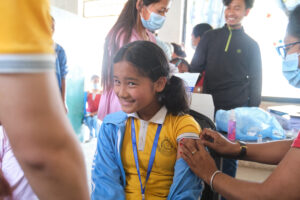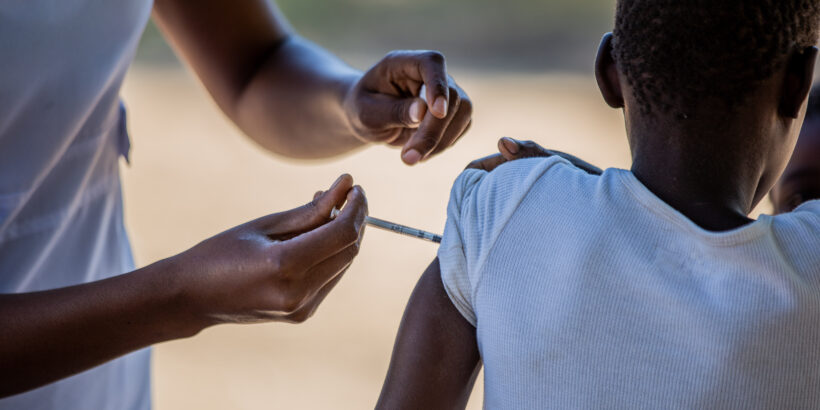World Immunization Week, celebrated in the last week of April, is a global campaign that aims to highlight the importance of collective action to promote vaccination. In 2024, World Immunization Week commemorates the 50th anniversary of the Expanded Programme on Immunization (EPI), an impactful global vaccination initiative that has reached billions of children.
The evolution of the EPI
Inspired by the successful smallpox eradication program, the World Health Organization (WHO) launched the EPI in 1974. Initially, the goal was to protect children with vaccines against the six major causes of child mortality. At that time, less than 5% of children worldwide received three doses of diphtheria-tetanus-pertussis (DTP3) vaccine. Thanks to the pioneering work of EPI, global coverage of DTP3 reached 84% in 2022. The EPI has since evolved and expanded to cover vaccination across the life course, providing vaccines for children younger than two and reaching older children and adults of all ages. Every country in the world now has a national immunization program.
Adapting to additional vaccines
Since the EPI’s inception, the number of globally WHO-recommended vaccines has grown to 13, with 17 additional vaccines that have context-dependent recommendations. As more vaccines become available, EPI programs expand and adapt to meet the increasing demand for additional vaccines in their country.
Country EPI programs add TCV in routine immunization
In March 2018, WHO published an updated position paper on typhoid that included the recommendation for countries with high typhoid burden and/or high burden of drug-resistant typhoid to introduce typhoid conjugate vaccines (TCV). This policy acknowledged the urgent challenges with drug-resistant typhoid and the increasing risks with climate-related events. With this policy, national governments were called on to consider TCV in their routine EPI program. At the time, TCV was a newly prequalified vaccine that had just become available to countries with support from Gavi, the Vaccine Alliance.

Since the WHO policy published, multiple countries have introduced TCV into their routine immunization programs to take on typhoid, including Pakistan, Liberia, Zimbabwe, Samoa, Nepal, Fiji, Malawi and Tuvalu.
These countries worked to expand their EPI program to administer TCV alongside other routine childhood vaccines, both in campaign and routine immunization settings. To date, more than 56 million children have been vaccinated with TCV due to the efforts of national EPI programs and local partners, including WHO and UNICEF. This demonstrates the evolution of EPI to incorporate additional vaccines in collaboration with various research, international NGO, and bi- and multi-lateral organizations to generate demand, launch campaigns, and introduce TCV into routine immunization.
Celebrating the remarkable achievements of immunization programs
Vaccines are powerful health tools, but they can’t save lives sitting on a shelf. It takes the collective efforts of vaccine scientists, manufacturers, donors, country policymakers, including EPI managers, vaccinators and health care workers, supply chain managers, and social mobilizers to bring vaccines to communities. It is estimated that immunization saved 154 million lives since 1974. Each year, vaccination through EPI prevents more than four million deaths from vaccine-preventable diseases. The younger than-five mortality rate has decreased more than 50% since 1990, in large part due to immunization.
The EPI system has continually expanded to meet the vaccination needs of countries. From introducing additional vaccines, such as TCVs, into the routine immunization system to responding to disease outbreaks, the EPI evolves to provide protection from vaccine-preventable diseases. Let us seize the opportunity to celebrate EPI’s remarkable achievements on its 50th anniversary and the key role it will play in primary health care systems for the next 50 years.
Cover photo: A child in Zimbabwe receives TCV. Credit: TyVAC/ Kudzai Tinago.



